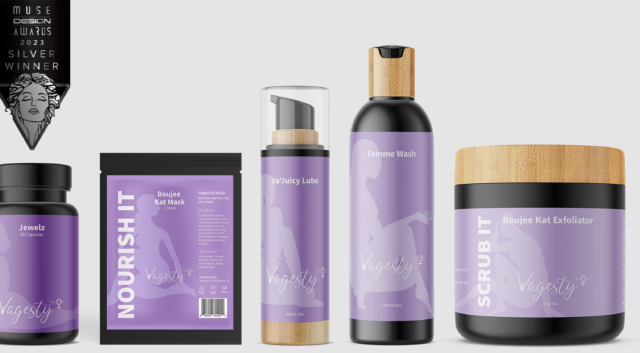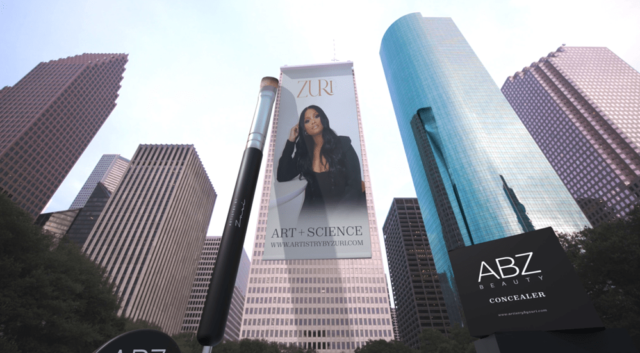Over the past decade, the app has evolved from a photo-sharing service to the world’s sixth most popular social media platform, with over one billion active users, and the birthplace of hundreds of cultural trends.
Founded in 2010 by Kevin Systrom and Mike Kriege, the app quickly emerged as a genuine contender to Facebook’s domination of the social media space and few were surprised when Mark Zuckerberg’s business purchased Instagram for $1 billion just two years after its launch.
Since this sale, Instagram has increasingly expanded beyond simple image sharing in its pursuit to become a one-stop-shop for any social media users’ needs and to counter emerging competitor apps. Instagram Stories launched in 2016 at a time when Snapchat was taking the social media space by storm. IGTV followed in 2018, and more recently, the app launched Reels, a long-awaited video-sharing feature labelled a “clone” of TikTok.
As well as countering competitor USPs, the introduction of Stories, IGTV, and Reels created more advertising opportunities for brands. And now, in 2020, it’s no exaggeration to say that Instagram is a hub of social commerce, with the app generating $20 billion in ad revenue in 2019.
With such a variety of advertising options, it’s unsurprising that TAKUMI’s recent whitepaper – which surveyed 3,500 marketers, influencers, and consumers across the UK, US and Germany – found that Instagram is marketers’ second favourite channel for influencer collaborations in the next 12 months. Over half of marketers (55%) preferred Instagram, slightly less than YouTube (58%), but significantly more than TikTok (35%), TV advertising (29%), and OOH (20%).
Similarly, nearly a fifth of marketers (18%) believe Instagram is the best marketing channel for ROI on influencer campaigns, higher than YouTube (18%), TV advertising (10%), and TikTok (6%).
Launching Instagram Stories, IGTV, and Reels not only attracted influencers from Snapchat, YouTube, and TikTok to the app but also attracted more users. Among consumers, Instagram (37%) was ranked as the second most common channel to engage with influencers, following Pinterest (17%) and Snapchat (15%).
As well driving consumer engagement, Instagram is also a proven as a platform that generates conversions, with 11% ranking it as the advertising channel most likely to lead to a purchase. This figure rose dramatically among younger consumers to a quarter (25%) of 16-24-year-olds.
However, users’ engagement with Instagram isn’t purely down to the introduction of Stories, IGTV, and Reels. The content itself has also diversified since the app’s inception, attracting a wider variety of consumers.
Back in 2010, the app was initially set-up as a photo-sharing platform with the first image being a stray dog papped by Kevin Systrom. Since then, the content has spread to include photos of cats as well as dogs, and food, landmarks, fashion, and more or less anything you could imagine.
Underpinning the majority of this content is a theme that Instagram has championed over the last ten years: creativity. In her 2019 book, Hashtag Authentic: Finding Creativity and Building a Community on Instagram and Beyond, UK Instagram Expert & Creative Business Coach, Sara Tasker claimed that Instagram has given the world license to be more creative, “from the mum who feels like it gives her permission to photograph her art, to the hotels, bars, and restaurants spending big budgets on click-appealing interiors and super-shareable spots”.
Consumers agree with Tasker’s assessment, with nearly a fifth (19%) of those aged 25-34-years-old believing that Instagram is more creative than both YouTube and TikTok.
However, it would be narrowminded to say that all the content on Instagram is purely focused on being creative. In recent months, we’ve seen the app become a hub for political content, with its ability to connect activists from around the world highlighted during this summer’s Black Lives Matter protests.
There is a growing interest among consumers for this type of content, with nearly half of all social media users (41%) saying they want influencers to voice an opinion on political, social, and ethical issues. Similarly, over a third (39%) said social media influencers have a greater influence on them if they promote a social conscience or strong ethical stance.
Despite this, brands are cautious about working with politically active content creators, with over half (55%) saying they would be anxious about using an influencer who is vocal about social and political issues in a campaign.
Although marketers’ caution is understandable, they must recognise that Instagram has transformed beyond photo-sharing. And as it undoubtedly continues to develop in the future, they will need to evolve their marketing content into the new areas of society it now incorporates.
Its diverse audience and various advertising channels such as Reels and IGTV, make Instagram an indispensable tool for marketers. It’s been at the heart of hundreds of cultural moments over the past decade, and it shows no signs of slowing down, with Instagram passing the billion-user mark in 2018. It’s difficult to say what trends will emerge in the next ten years on social media, but one thing is for sure: Instagram will be at the heart of it.





